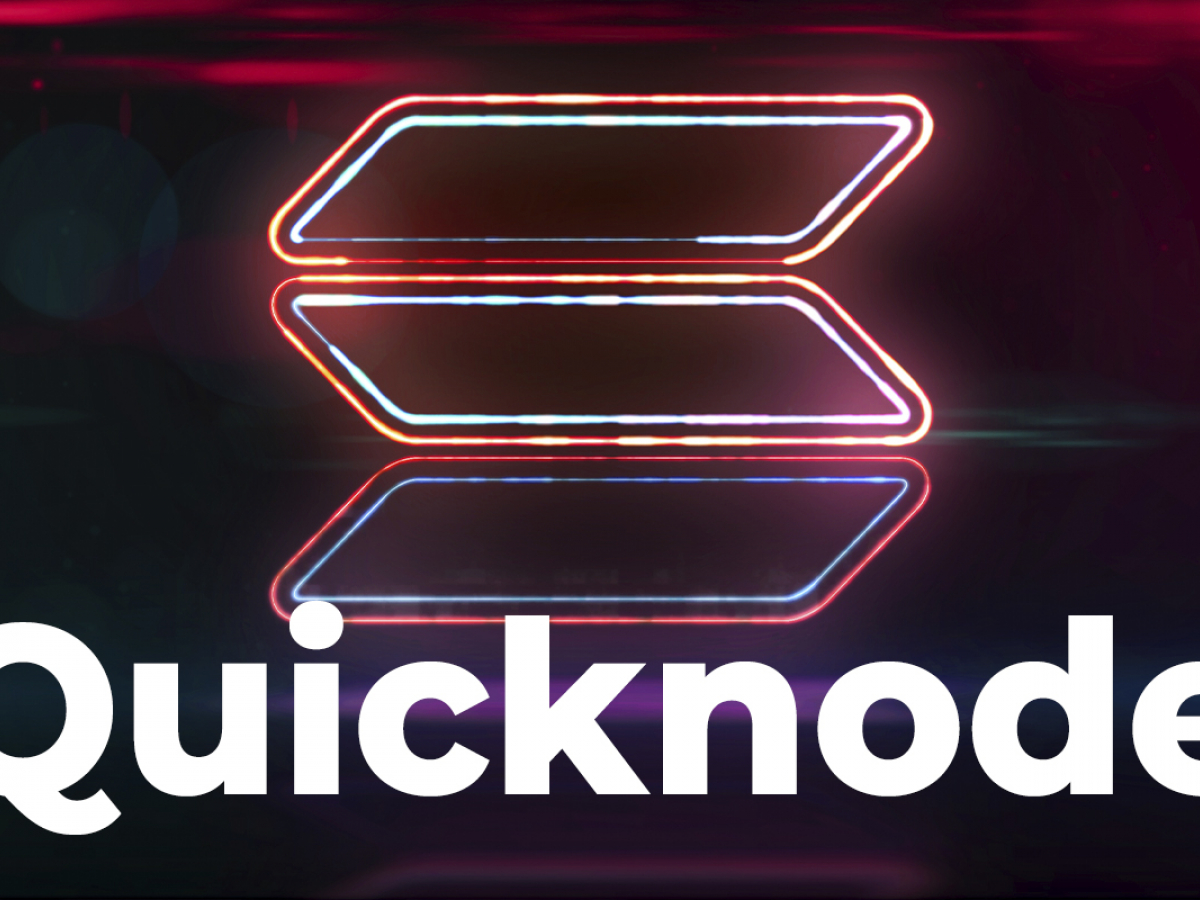
Quicknode, a vendor of API endpoints for mainstream blockchains, created an experiment to compare the performance of its infrastructure and “average” Solana node
Quicknode is a Web3 infrastructure provider that supercharges decentralized applications with endpoints of major smart contracts platforms. Its engineers decided to experiment with its Solana endpoint and find out whether it works faster than Solana’s public API.
Why latency matters
In a detailed longread released by QuickNode’s co-founder and CTO Manuel Kreutz and tech content editor Noah Hein, the performance of Quicknode’s Solana (SOL) endpoint is compared to that of a “public” endpoint that can be used for free by any blockchain developer.
#QuickNode‘s very own Manuel Kreutz and @NHeinDev give an in-depth comparison of latency across the #Solana ecosystem. #BUIDL #dApp #DeFi #NFT 🚨🚄📡
— QuickNode 👉 We’re Hiring! 👈 (@QuickNode) January 12, 2022
Researchers admitted that while Web3 services are aggressively eating into the Web2 audience on social media, gaming, entertainment and so on, the latency of blockchain-based systems remains the most dangerous bottleneck preventing customers from switching to decentralized services.
These problems can be addressed by next-gen blockchain systems like Solana and Avalanche. To provide context, Solana is able to handle over 65,000 transactions per second.
However, a poor level of end-user infrastructure does not allow dApps to actually access blockchain at this speed.
8x faster than public node, 19x faster than competitor
Quicknode’s engineers ran a purpose-written script that is available on GitHub to stress test the performance of its endpoint.
While Quicknode’s endpoint responds in 15.36 ms, Solana’s public endpoint works with 126.67 ms latency, and its competitor’s system responds in 292.87 ms.
Also, the Quicknode endpoint demonstrates a block height advantage over its competitor: it adds the same block 50 minutes faster.
As stressed by the researchers, reducing latency may unlock massive prospects for the Web3 space:
We are in the early days, but we believe infrastructure decisions can be critical differentiators in bringing the next generation of Web3 applications to fruition.

